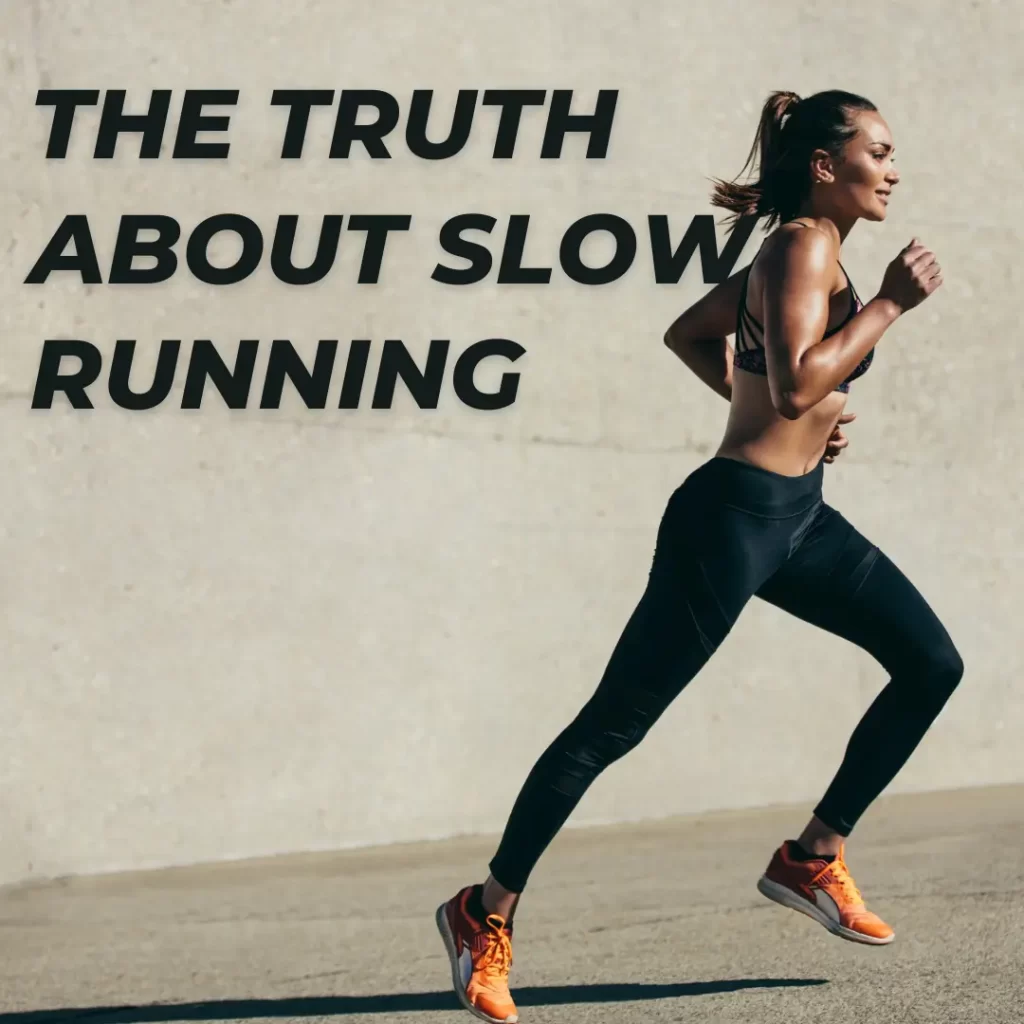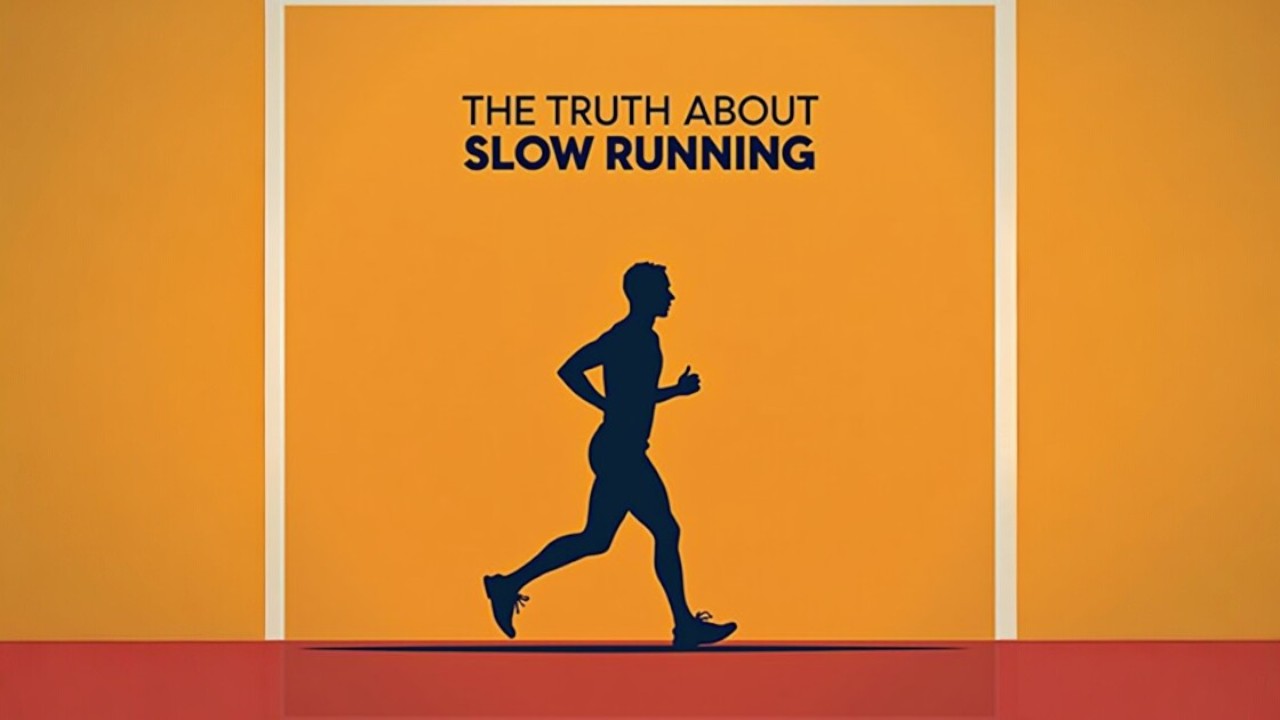Introduction
Slow running has taken social media by storm, becoming the latest fitness trend to capture the attention of enthusiasts worldwide. But what exactly is slow running, and is it truly effective as a workout? In this comprehensive guide, we will delve into the nuances of slow running, examining its benefits, potential drawbacks, and why it has gained such popularity. Let’s uncover the truth about slow running and see if it deserves a place in your fitness routine.
What is Slow Running?
Slow running, as the name suggests, involves jogging at a much slower pace than traditional running. This method emphasizes endurance and enjoyment over speed. Slow running typically falls within the range of a light jog, allowing individuals to maintain a conversation without becoming too winded.
The Rise of Slow Running on Social Media
Social media platforms like Instagram, TikTok, and Facebook have played a significant role in popularizing slow running. Influencers and fitness enthusiasts share their slow running experiences, often highlighting the benefits of this low-intensity exercise. The accessibility and relatability of slow running make it an appealing option for a broad audience.
Benefits of Slow Running
Improved Cardiovascular Health
One of the primary benefits of slow running is its positive impact on cardiovascular health. Slow running helps improve heart function, increase blood circulation, and reduce the risk of heart disease. The consistent, moderate pace is less taxing on the heart, making it an excellent choice for those looking to enhance their cardiovascular fitness without overexertion.
Enhanced Endurance
Slow running builds endurance by allowing runners to cover longer distances without feeling exhausted. The extended duration of exercise helps improve stamina, which is beneficial for those training for long-distance events or simply looking to increase their overall fitness level.
Reduced Risk of Injury
Because slow running is less intense than faster-paced running, it significantly reduces the risk of injury. The lower impact on joints and muscles makes it a safer option for beginners and those with a history of running-related injuries.
Mental Health Benefits
Engaging in slow running can have profound mental health benefits. The rhythmic nature of running can induce a meditative state, reducing stress and anxiety. Additionally, the endorphins released during exercise contribute to an overall sense of well-being and happiness.
How to Get Started with Slow Running
Choose the Right Gear
Investing in a good pair of running shoes is essential. Proper footwear provides the necessary support and cushioning to protect your feet and joints during slow running. Comfortable, moisture-wicking clothing is also recommended to enhance your running experience.
Warm-Up and Cool Down
Warming up before your run and cooling down afterward are crucial steps. A good warm-up prepares your muscles and joints for exercise, reducing the risk of injury. Cooling down helps gradually lower your heart rate and stretch out your muscles to prevent stiffness and soreness.
Start Slow
If you’re new to running, start with a brisk walk and gradually transition to a slow jog. Listen to your body and avoid pushing yourself too hard in the beginning. Consistency is key, so aim for regular, shorter runs rather than infrequent, longer sessions.
Slow Running Techniques

Focus on Form
Maintaining proper form is essential in slow running. Keep your posture upright, with a slight forward lean. Your feet should land softly under your hips, and your arms should swing naturally at your sides. Avoid overstriding, as it can lead to injury.
Breathing Techniques
Proper breathing is vital for a comfortable and effective slow run. Practice deep, rhythmic breathing, inhaling through your nose and exhaling through your mouth. This technique helps maintain a steady oxygen flow to your muscles, preventing fatigue.
Common Misconceptions About Slow Running
It’s Not Effective for Weight Loss
Many believe that slow running isn’t effective for weight loss due to its lower intensity. However, slow running can indeed help with weight management. The key is consistency and duration. Longer, slower runs can burn a significant number of calories over time, contributing to weight loss.
It’s Only for Beginners
While slow running is beginner-friendly, it’s not exclusively for novices. Experienced runners also incorporate slow runs into their training routines to build endurance, aid recovery, and prevent burnout. Slow running is beneficial for runners of all levels.
Slow Running vs. Fast Running
Intensity and Impact
The primary difference between slow running and fast running is intensity. Fast running is high-intensity, placing more stress on the body and requiring more energy. In contrast, slow running is low-intensity, with less impact on joints and muscles, making it a more sustainable option for long-term fitness.
Training Goals
The choice between slow running and fast running depends on your training goals. If you’re training for a sprint or short-distance race, fast running is essential. However, if your goal is to build endurance and enjoy a more relaxed form of exercise, slow running is ideal.
Integrating Slow Running into Your Fitness Routine
Combining with Other Workouts
Slow running can be effectively combined with other forms of exercise, such as strength training, yoga, or cycling. This combination provides a well-rounded fitness routine, enhancing overall health and preventing workout monotony.
Creating a Schedule
Creating a consistent running schedule is crucial for reaping the benefits of slow running. Aim for at least three to four sessions per week, gradually increasing the duration and distance as your fitness improves.
Success Stories: Real-Life Experiences with Slow Running
Numerous individuals have shared their success stories with slow running on social media. These stories often highlight significant improvements in physical and mental health, increased endurance, and a newfound love for running. Reading about others’ experiences can be a great motivator and source of inspiration.
Challenges and How to Overcome Them
Staying Motivated
Staying motivated can be challenging, especially when progress seems slow. Setting realistic goals, tracking your progress, and celebrating small achievements can help maintain motivation. Joining a running group or finding a running buddy can also provide accountability and encouragement.
Dealing with Plateaus
It’s common to hit a plateau in your running progress. When this happens, try incorporating interval training or varying your running routes to challenge your body differently. Plateaus are a natural part of any fitness journey, and with persistence, you’ll continue to improve.
Conclusion
Slow running has proven to be more than just a social media fad. Its numerous benefits, including improved cardiovascular health, enhanced endurance, and reduced risk of injury, make it a valuable addition to any fitness routine. Whether you’re a beginner or an experienced runner, slow running offers a sustainable and enjoyable way to stay active and healthy. Embrace this trend and discover how slow running can transform your fitness journey.
FAQs
1. Can slow running help with weight loss?
Yes, slow running can contribute to weight loss when done consistently and combined with a balanced diet. The key is to maintain a regular running schedule and gradually increase the duration of your runs.
2. How often should I practice slow running?
For optimal results, aim to practice slow running at least three to four times per week. Consistency is crucial for building endurance and reaping the benefits of this exercise.
3. Is slow running suitable for all ages?
Yes, slow running is suitable for individuals of all ages. Its low-impact nature makes it an excellent option for older adults and those with joint issues.
4. Can I combine slow running with other exercises?
Absolutely. Slow running can be combined with other forms of exercise, such as strength training, yoga, or cycling, to create a well-rounded fitness routine.
5. What should I wear for slow running?
Investing in a good pair of running shoes and comfortable, moisture-wicking clothing is essential for slow running. Proper gear enhances your running experience and reduces the risk of injury.
Meta Description
Discover the truth about slow running and why it’s the latest craze on social media. Learn about its benefits, techniques, and how to integrate it into your fitness routine.











